Introduction
Accessibility aims to improve the web and provide equal opportunities to leverage its benefits for all. Its importance has been recognized globally, with several countries and states developing laws and policies to ensure a similar experience for everyone accessing the web.
Various compliance standards have also come into existence to ensure fair audience coverage. The goal is to ensure every user can access the new-age internet world's features.
Continue reading to learn more about the compliance acts and standards created to ensure accessibility.
World Wide Web Consortium And Web Accessibility
Web Accessibility is primarily created, developed, and maintained by World Wide Web Consortium (W3C). It is part of the Web Accessibility Initiative (WAI), an internationally owned committee comprising members, staff, and the public.
W3C was established to deliver a universal standard for web content accessibility that satisfies the needs of people, enterprises, and governments worldwide. The guidelines for ensuring accessibility were published with an initial version of Web Content Accessibility Guidelines (WCAG) 2.0.
WCAG 2.0 primarily focused on HTML accessibility. The base version of WCAG 2.0 includes around 12 guidelines organized under four basic principles Perceivable, Operable, Understandable, and Robust (POUR).
WCAG has also stepped up to ensure that accessibility testing compliance is not compromised whenever new frameworks of web and front-end technologies emerge in the market to improve UI. The newer versions are all backward compatible. This includes the previous guidelines along with the new rules.
Americans With Disabilities Act (ADA)
Set out by the US Department of Justice, Civil rights division, the Americans with Disabilities Act is a civil rights law. It was set out in the 1990s to address the discrimination against individuals with impairments in all areas marked for use by the general public.
Inclusions
The inclusions falling under this law are:
- To protect the right to employment, public services, and public accommodations.
- The law touches on different aspects of everyday life, such as education, employment, and transportation, and also extends to electronic and information technology, which brings websites under its purview. It is divided into five sections: employment, public services, telecommunications, public accommodations and services, and miscellaneous provisions.
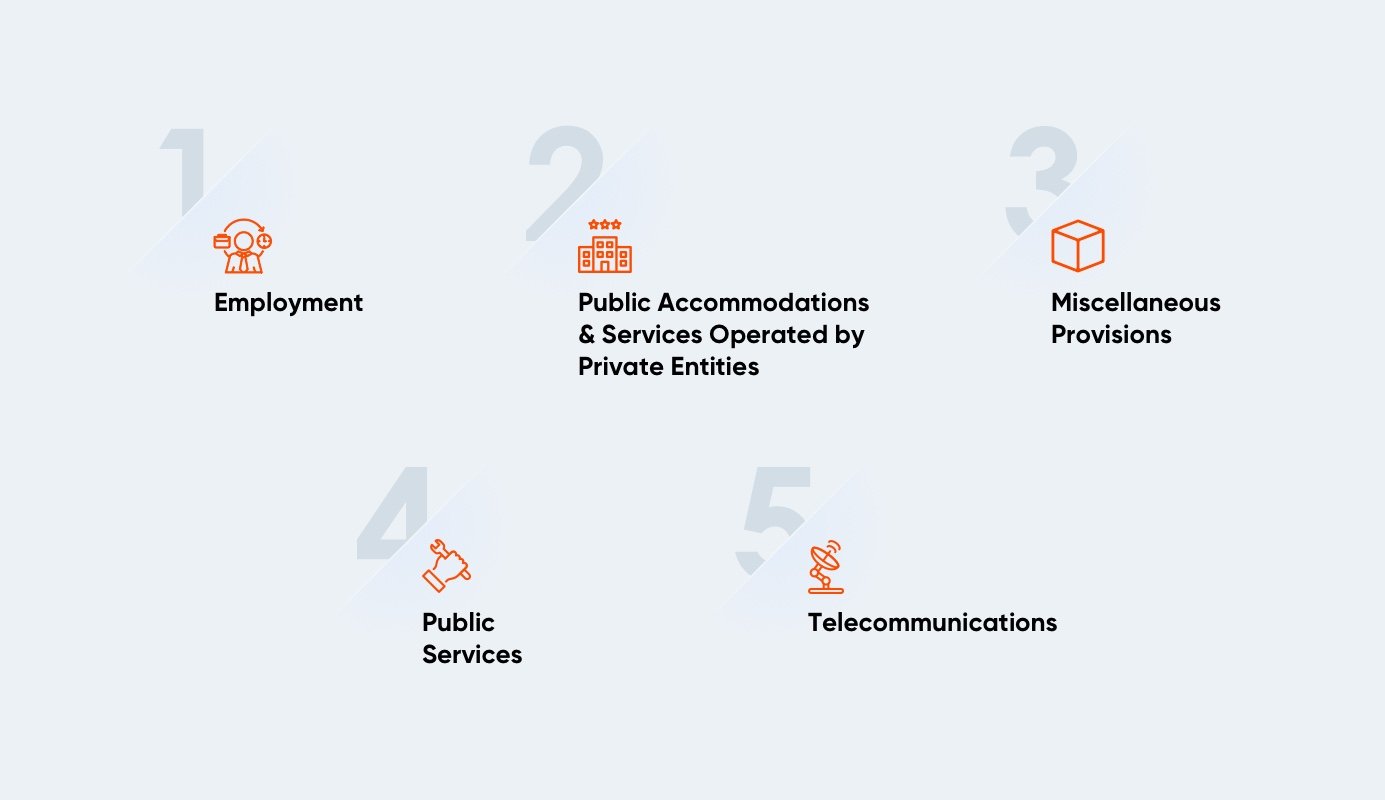
Penalties
The court interprets Title II and III organizations and entities as applying to web-based content and services. So any violations for the same will invite lawsuits filed with an increasing percentage year on year.
One such lawsuit was filed between the United States of America and Peapod LLC. In this case, the United States initiated a compliance review under Title III of the ADA act. Investigators found that the site was not accessible to some individuals with impairments, who are hard of hearing and have physical impairments affecting manual dexterity.
This was a clear violation of Title III of the ADA. An official settlement was reached between the United States and Peapod LLC.
Section 508 Compliance
Congress amended the Rehabilitation Act of 1973 in 1998. This was done to ensure that federal agencies make their electronic and information technology (EIT) accessible to people with impairment.
All federal agencies that create, acquire, maintain, or use electronic and information technology are subject to the legislation (29 USC 794(d)). Agencies are mandated under Section 508 to provide impaired workers and members of the public with access to information comparable to that provided to others.
Inclusions
The inclusions falling under this law are:
- Accommodations should be made for federal workers and members of the public who seek to access government Information and Communications Technology (ICT). This also includes public-facing websites and multimedia.
- According to the updated Section 508 standards, all electronic web content must conform to the Web Content Accessibility Guidelines (WCAG) 2.0 Level A and AA. This isn't a recommendation, like with the ADA, but a legal requirement.
- Section 508 now also incorporates a left shift approach wherein the agencies determine in advance how users with impairments will perform functions associated with technology. It will also include how the technology will be developed, installed, configured, and maintained to support impaired users.
- The law ensures that accessibility testing is made a sustainable part of the workflow to prevent issues from arising.
Penalties
The first violation of Section 508 can result in fines of up to USD 55,000. Subsequent violations can result in fines of up to USD 110,000. The regulations also provide for the revocation of federal money to noncompliant recipients.
Refer to the table below to learn the difference between the three primary accessibility protocols.
|
Summary |
ADA |
508 |
WCAG |
|
Overview |
A civil rights law that prevents discrimination against those with disabilities in all walks of life, especially when using electronic and informational devices. |
The law requires federal agencies to employ information and communications technology accessible to people with disabilities. |
A set of standards for developing websites that are accessible to people with disabilities. |
|
Penalty For Noncompliance |
$55,000–$75,000 for a first offense, $150,000 for a second or subsequent offense, and funding revocation if federally sponsored |
Formal complaints or civil lawsuits |
NA |
|
Applies To |
Local governments, State governments, Nonprofits, and Businesses |
Federal agencies and departments |
NA |
|
Primary Difference |
This applies to the public and private sector |
This applies only to federal agencies and departments |
Provides a reference for websites that must comply with the ADA or 508 |
Accessibility For Ontario With Disabilities Act (AODA)
AODA is a law that the government of Ontario in Canada established. It enforces accessibility standards for government, businesses, nonprofits, and public sector organizations.
AODA aims for the province of Ontario to be accessible to people with disabilities by 2025. It also adopts the WCAG standards for staying accessible compliant and ensures that new internet and web content (defined as all content published or modified after January 1, 2012) must be WCAG 2.0 A compliant by January 1, 2014.
All internet and web content (excluding live captioning and audio descriptions) must be WCAG 2.0 AA compliant by January 1, 2021. This means that anything published now must be WCAG 2.0 A. Anything published after January 1, 2021, must be WCAG 2.0 AA.
Inclusions
The inclusions falling under this law are:
- It includes specific requirements that define whether or not something is accessible while placing greater emphasis on process-oriented requirements.
- Employment practices must be accessible, and all organizations with more than 20 employees must formally report their accessibility progress to the Ontario government.
- Currently, there are five AODA standards, including:
- Two new AODA standards are also being developed.
Penalties
Depending on the consequences of the lack of accessibility, AODA violations are divided into three categories:
- Minor
- Moderate
- Major
The Ontario government has the authority to impose sanctions on those found to be in violation, including people, businesses, and the directors and officers of corporations. In the worst scenarios, a company could face fines of up to $100,000 per day unless web accessibility regulations are followed. The maximum daily fine for an individual or unincorporated corporation is $50,000.
European Standard For Accessibility Guidelines (EN 301 549)
For the European Union, accessibility is covered using the European standard of accessibility requirements for Information and Communications Technology (ICT). The European Parliament and Council of the European Union drafted a directive on October 26, 2016, regarding the accessibility of websites and mobile applications for public sector organizations.
It states that organizations need to comply with and need to prove their level of accessibility through an accessibility statement against the EN standard. This standard also adopts the WCAG guidelines and references the WCAG 2.1 AA for web and non-web software.
Inclusions
The inclusions falling under this standard are:
- Regarding the private sector, the EU Directive in 2019 was developed, which applied to specific industries, including e-commerce, banking, e-books, and electronic media.
- These directives were transposed into national law, and the legislation will apply from June 28, 2025.
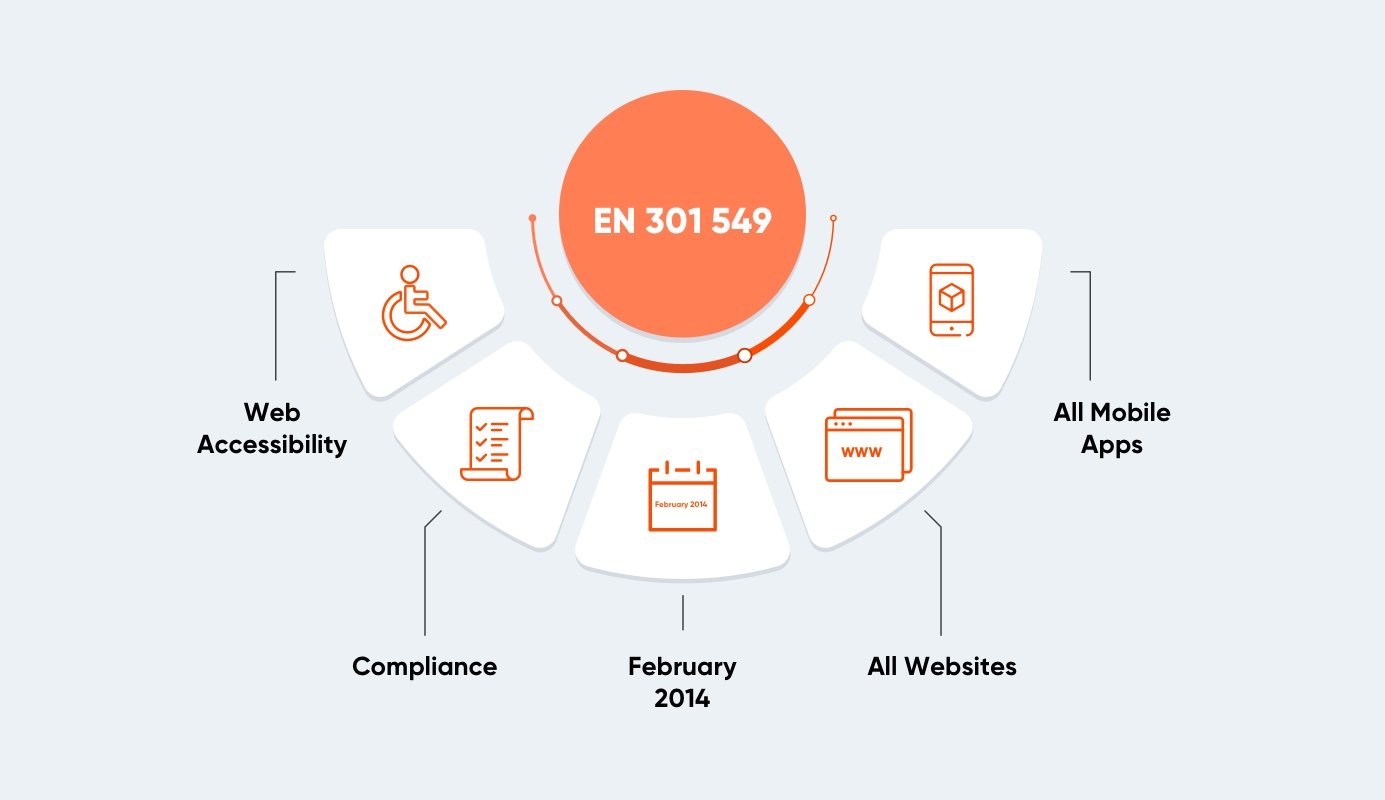
- Like WCAG, EN 301 549 has three levels of conformance: A, AA, and AAA. Level A is the lowest conformance level, and level AAA is the highest.
- Level AA is the mandatory level. Because some content cannot meet all Level AAA Success Criteria, it is not advised that Level AAA conformity be mandated as a general policy for whole sites.
- The standard EN 301 549 is slightly different in some aspects concerning WCAG as it extends to biometrics.
- This standard requires people with impairments to have access to technology that works by scanning biological data, including facial recognition and fingerprints.
- In some European countries, an emphasis is given to more specific local laws or standards like:
Germany: BGG And BITV
Germany has two laws that cover digital accessibility.
- Equal Opportunity Act (Disability Equality Act: BGG)
- Barrierefreie-Informationstechnik-Verordnung (BITV 2.0)
These laws cover websites, mobile applications, electronically supported administrative processes, and graphical program interfaces. It affects all public sector websites and any media belonging to federal agencies, vendors, contractors, and partners.
Noncompliance can invite actions in the form of lawsuits, financial liabilities, and damage to brand reputation. The BITV adopts the most updated internationally recognized standards for accessible web content, the WCAG 2.1.
France: RGAA
French public websites must adhere to the "Référentiel Générale d'Accessibilité pour les Administrations" (RGAA 3) standard for certification. It outlines the procedure and standards for judging whether a website is accessible.
The RGAA 3 is built on WCAG 2.0 specifications to enhance accessibility strategies. Detailed technical specifications must pass the required tests and adhere to the applicable guidelines.
The RGAA should serve as a reference by addressing accessibility-related concerns that arise in diverse contexts, according to the project, the accessibility goals, and the various project stages. It is based on:
- A Self-Assessment Process
- Project-Specific Accessibility Strategy
Air Carrier Access Act (ACAA), 1986
The ACAA forbids local and international air carriers from discriminating against people with disabilities regarding air travel. In March 1990, the Department of Transportation (DOT) in the United States issued a rule defining passengers' rights and the obligations of air carriers as a direct result of this law.
The standards cover various topics, such as boarding assistance and specific accessibility features in newly constructed aircraft and new or modified airport infrastructure. It only applies to air carriers that offer regularly scheduled services for hire to the general public.
Inclusions
The inclusions falling under this act are:
- On November 12, 2013, the DOT issued new rules to ensure public-facing websites that assist in air travel conform to the WCAG 2.0 Level A and Level AA.
- These public-facing websites and all the core functionalities related to the same were fully compliant by December 2016.
- All the US air carriers and foreign air carriers which are selling to US nationals are required to be compliant.
- The act ensured that assistive technologies, widely used for bridging the gap between personal impairments and content, are leveraged with the accessible design of web pages.
Penalties
Each offense under the Air Carrier Accessibility Act is punishable by a $27,500 fine. Suppose one operates a domestic or international airline serving the United States. In that case, the organization must continue working with a partner who can assess the website's gaps and conduct sufficient user testing.
Accessibility In Australia
The Australian Government organizations are expected to ensure that information and services are given in an accessible, non-discriminatory manner under the Disability Discrimination Act of 1992. The standard established regarding this need has been met by the design of their official website.
The current version of the website complies with Level A of the Web Content Accessibility Guidelines (WCAG) 2.0 standard. It is gradually being brought up to AA compliance. In some circumstances, AAA will have access to the material.
User Agent Accessibility Guidelines (UAAG)
The User Agent Accessibility Guidelines Working Group (UAWG) is a unit of the World Wide Web Consortium (W3C) Web Accessibility Initiative. UAWG created the UAAG technical publications (WAI) to align closely with WCAG 2.0.
The user interface that adheres to UAAG 2.0 will enhance accessibility and the user's capacity to interact with other technologies.
Conclusion
Accessibility has a profound impact from a user benefit and business perspective. By being accessibility compliant, organizations not only open doors of opportunities but also make a significant difference in people's lives. Learn more about accessibility testing in our blog ‘Native Vs. Commercial Automated Solutions For Accessibility Testing.’

Ashish Vengurlekar, Senior Quality Assurance Engineer
A tabla player, Ashish also enjoys running, cycling, and driving. Shy but friendly, he strongly believes in Karma. When not at work, you will find him planning the next outing with his family or playing with his toddler.
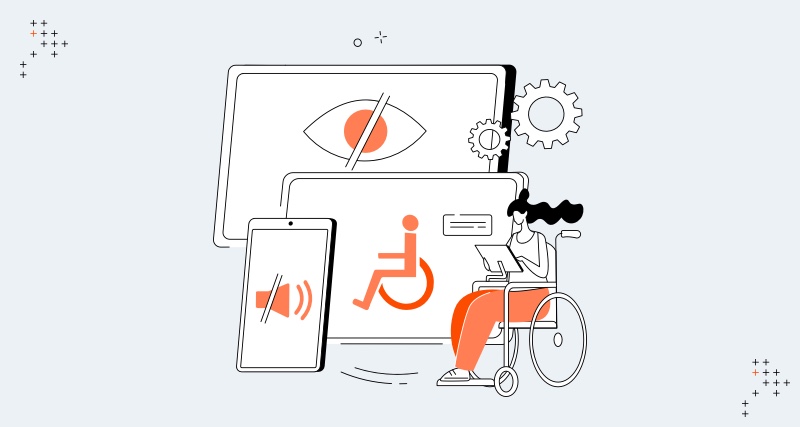
 We respect your privacy. Your information is safe.
We respect your privacy. Your information is safe.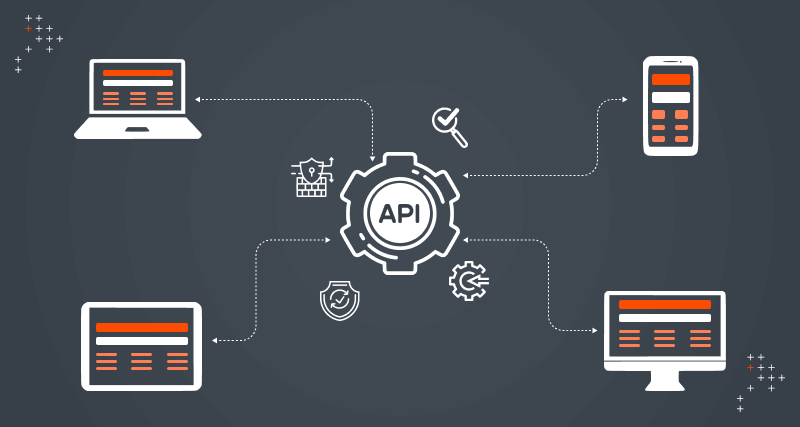
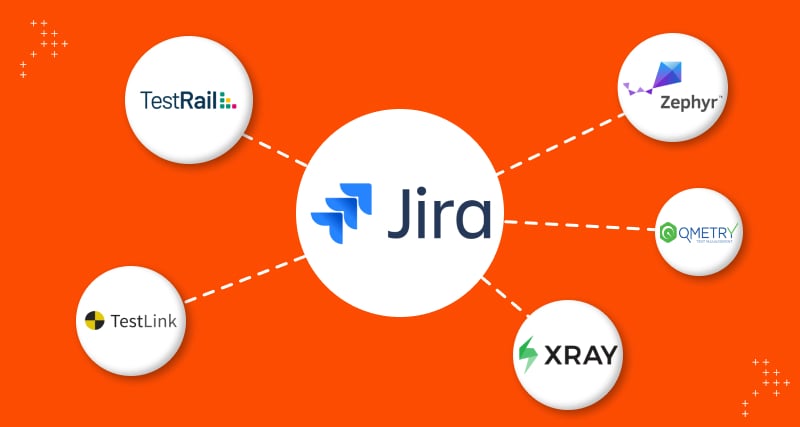
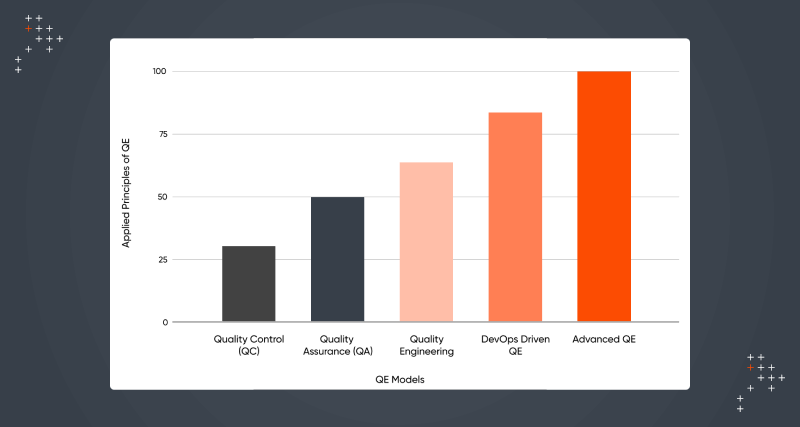

Leave us a comment